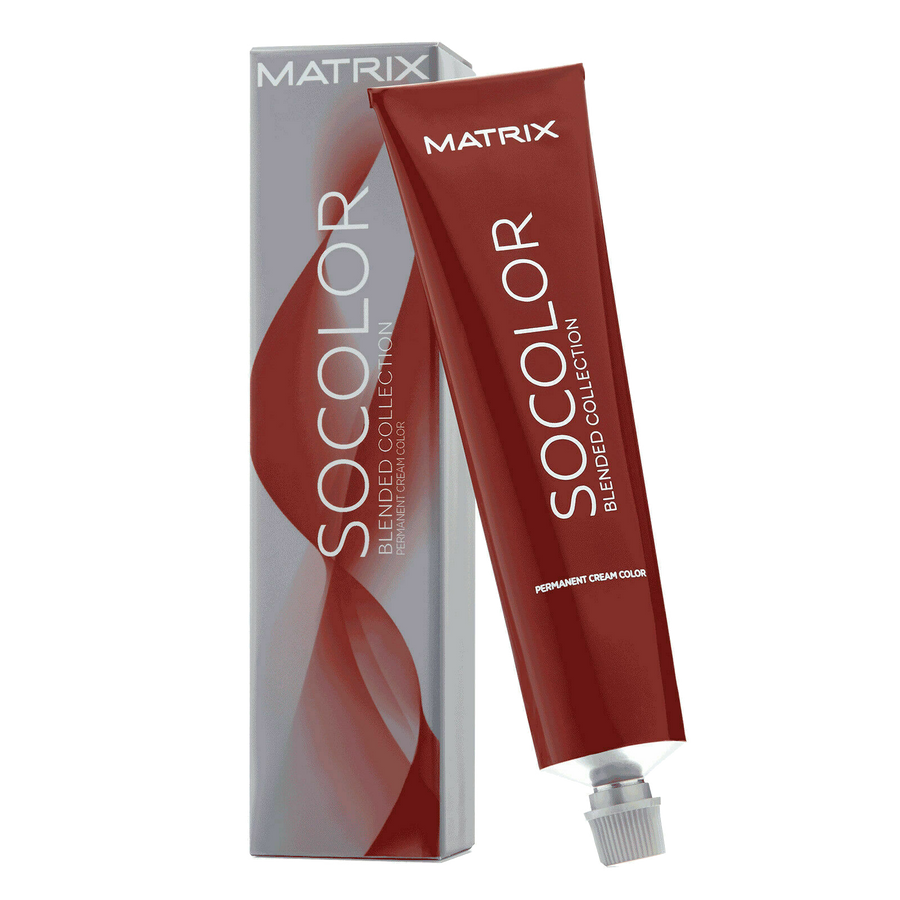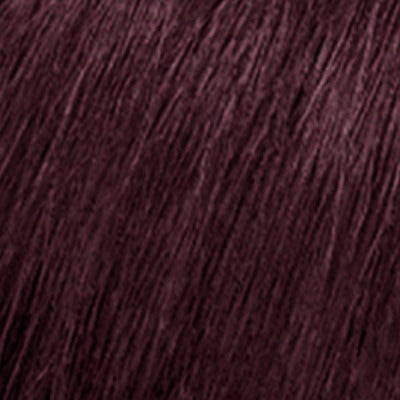Master Hair Porosity with Smooth & Charming's Comprehensive Guide
The concept of hair porosity often flies under the radar in hair care routines, yet it's a critical aspect of understanding and nurturing your hair's health and beauty. At Smooth & Charming, we are dedicated to providing high-quality products and resources for all hair types and textures. Our in-depth guide on hair porosity will uncover the secrets to determining your hair's unique absorption levels, tailoring your hair care regimen accordingly, and optimizing your hair's vitality and radiance.
Hair porosity refers to your hair's ability to absorb and retain moisture, which impacts its health, elasticity, and responsiveness to hair care products and treatments. There are three primary levels of hair porosity: low, medium, and high. Low porosity hair has tightly sealed cuticles that resist moisture absorption, while high porosity hair has raised cuticles that allow for rapid moisture absorption but struggle to retain it. Lastly, medium porosity hair strikes the perfect balance, absorbing and retaining moisture with ease.
Our expert guide will delve into the essential techniques for determining your hair's porosity, such as the float test and the slip 'n slide test, as well as personalized hair care tips and product recommendations tailored to each level of porosity. By understanding your hair's unique porosity, you can unlock the full potential of your locks and develop a customized hair care routine that truly caters to your individual needs.
1. Identifying Your Hair's Porosity Level
The first step in understanding hair porosity is to identify your hair's absorption level. Discover these two at-home methods for determining your hair's porosity:
The Float Test: To perform the float test, take a few strands of clean, shed hair and place them in a bowl of water. Observe the hair for a few minutes. If your hair sinks, it's high porosity; if it floats, it's low porosity. Hair that is slow to sink demonstrates medium porosity.
The Slip 'n Slide Test: To perform the slip 'n slide test, take a single hair strand between your fingers and slide your fingers from the tip to the root. If your hair feels smooth, it's low porosity; if it feels bumpy, it's high porosity. A slight bumpiness indicates medium porosity.
2. Caring for Low Porosity Hair
Low porosity hair requires specific care to ensure it receives adequate moisture due to its tightly sealed cuticles. Consider these expert care tips:
Use Heat with Deep Conditioning: Apply heat when deep conditioning to help open the cuticles and allow moisture to penetrate the hair shaft.
Opt for Light Hair Oils: Choose lighter oils, such as argan or grapeseed oil, which won't weigh down your hair or create a greasy buildup.
Avoid Protein-Rich Products: Low porosity hair may be protein-sensitive, so opt for protein-free or protein-light hair care products to prevent dryness or brittleness.
Clarifying Shampoo: Use a clarifying shampoo once or twice a month to remove product buildup, which can impede moisture absorption.
3. Caring for Medium Porosity Hair
Medium porosity hair typically absorbs and retains moisture well, but still requires everyday maintenance. Follow these expert hair care tips:
Regular Deep Conditioning: Incorporate a deep conditioning treatment into your routine once or twice a month to maintain moisture balance within your hair.
Balanced Protein/Moisture: Ensure you use a balanced mix of protein-rich and moisturizing hair products to maintain your hair's strength and elasticity.
Minimize Heat Exposure: Protect your hair from heat damage by using heat-styling tools sparingly and applying a heat protectant when you do use them.
4. Caring for High Porosity Hair
High porosity hair quickly absorbs moisture but struggles to retain it, resulting in dehydration. Implement these care strategies to help overcome this challenge:
Protein Treatments: Regular protein treatments can help fortify the hair shaft, making it more capable of retaining moisture.
Layer Your Hair Care Products: Employ the LCO (Liquid, Cream, Oil) or LOC (Liquid, Oil, Cream) method for layering your hair care products to lock in moisture and minimize moisture loss.
Seal with Heavier Oils: Use a heavier oil like coconut oil or castor oil to seal in moisture, helping to slow down the evaporation process.
Avoid High Heat Styling: Limit the use of heat-styling tools and utilize lower heat settings to minimize damage to the hair’s cuticle layer.
Conclusion:
Understanding and embracing your hair's unique porosity is key to attaining optimal hair health and beauty. By determining your hair's absorption level and implementing tailored hair care routines and product selections based on your hair's porosity, you can promote hair vitality and enhance your hair care experience. Smooth & Charming's in-depth guide empowers you to uncover the intricacies of hair porosity and develop a customized regimen designed to celebrate your hair's individual essence.
Unlock the power of hair porosity with Smooth & Charming's comprehensive expert guide. Delve into tailored care tips, product recommendations, and essential knowledge to care for and celebrate your hair's unique absorption levels. Trust in the passion, expertise, and dedication of Smooth & Charming to providing only premium products like hair restorers and treatments as you embark on the path to uncovering luminous, healthy hair that captivates and delights, reflecting your commitment to understanding and nurturing your hair's inherent beauty.




